Optimal Timing for Shrub Trimming
Shrub trimmings are an essential part of maintaining healthy and attractive shrubbery. The timing of trimming impacts plant health, growth patterns, and appearance. Proper scheduling ensures that shrubs develop strong structure and optimal foliage density.

Perform trimming early in the season to promote vigorous growth and shape shrubs for the growing season.
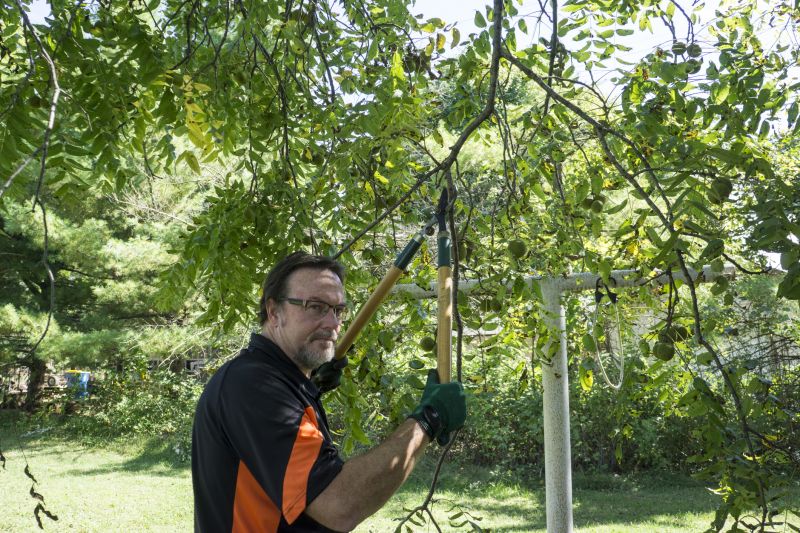
Light trimming during summer helps maintain shape and remove dead or overgrown branches.

Late fall trimming can prepare shrubs for winter while removing any damaged growth.
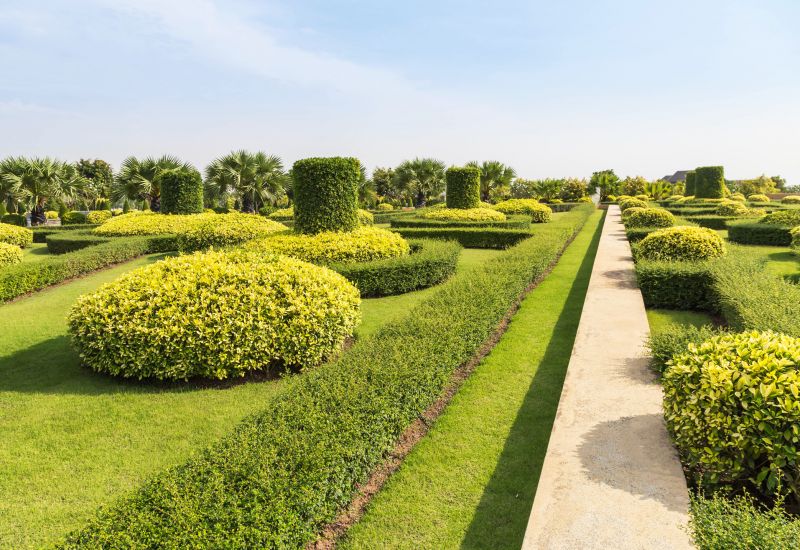
Ways to make Shrub Trimmings work in tight or awkward layouts.

Popular materials for Shrub Trimmings and why they hold up over time.
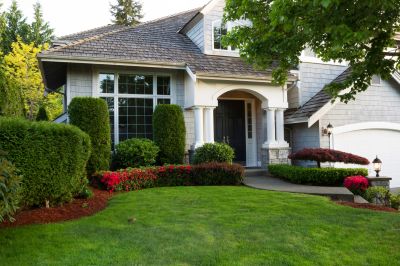
Simple add-ons that improve Shrub Trimmings without blowing the budget.
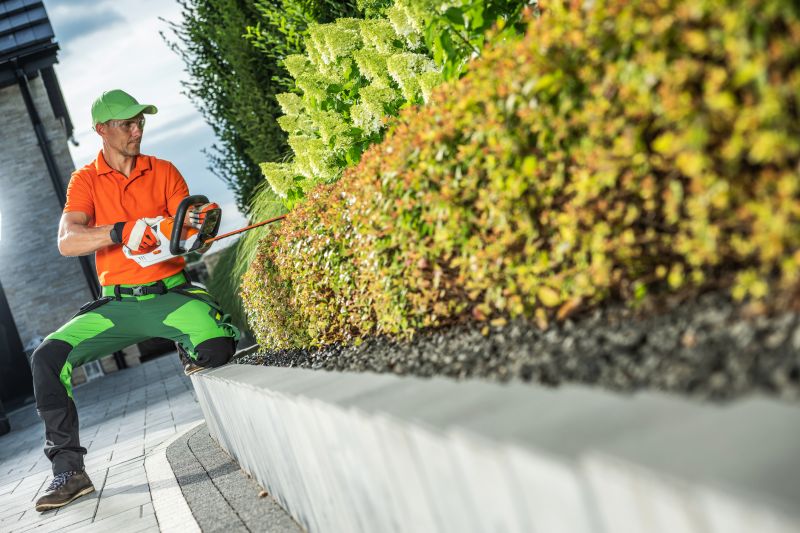
High-end options that actually feel worth it for Shrub Trimmings.
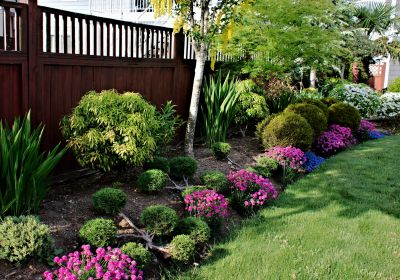
Finishes and colors that play nicely with Shrub Trimmings.
The best time for shrub trimmings varies by species but generally occurs in late winter or early spring before new growth begins.
Most shrubs benefit from annual or biannual trimming to maintain health and aesthetic appeal.
Avoid trimming during extreme cold or heat to prevent stress and damage to the plants.
Trimming during active growth periods encourages denser foliage, while dormant season trimming minimizes sap loss.
| Shrub Type | Ideal Trimming Time |
|---|---|
| Hydrangeas | Late winter to early spring |
| Boxwoods | Early spring or late summer |
| Azaleas | Immediately after flowering |
| Roses | Early spring before new growth |
| Lilacs | Late winter |
| Spireas | Early spring |
| Forsythia | Late winter |
| Butterfly Bush | Early spring |
Shrub trimmings play a vital role in shaping plants, removing dead or diseased branches, and encouraging healthy growth. Proper timing aligns with the plant's natural growth cycle, ensuring optimal results. Regular trimming also helps prevent pest infestations and disease spread by removing compromised plant material.

Little measurements that prevent headaches on Shrub Trimmings day.
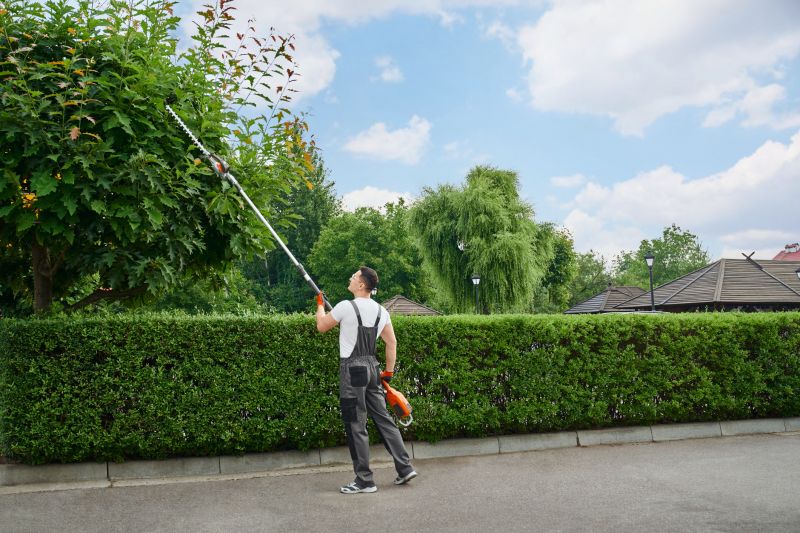
Removing overgrown branches restores shape and allows better air circulation.

Timing trimming after flowering maximizes bloom production.

Trimming during dormancy minimizes stress and encourages vigorous spring growth.
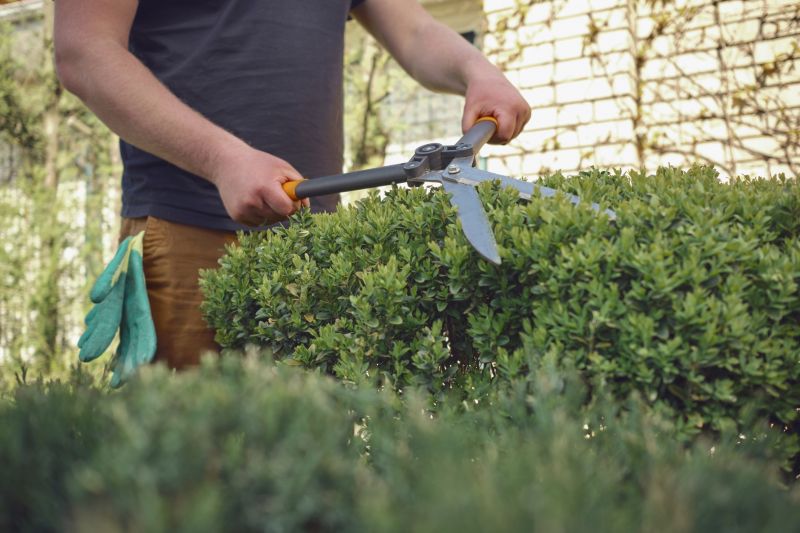
A frequent mistake in Shrub Trimmings and how to dodge it.
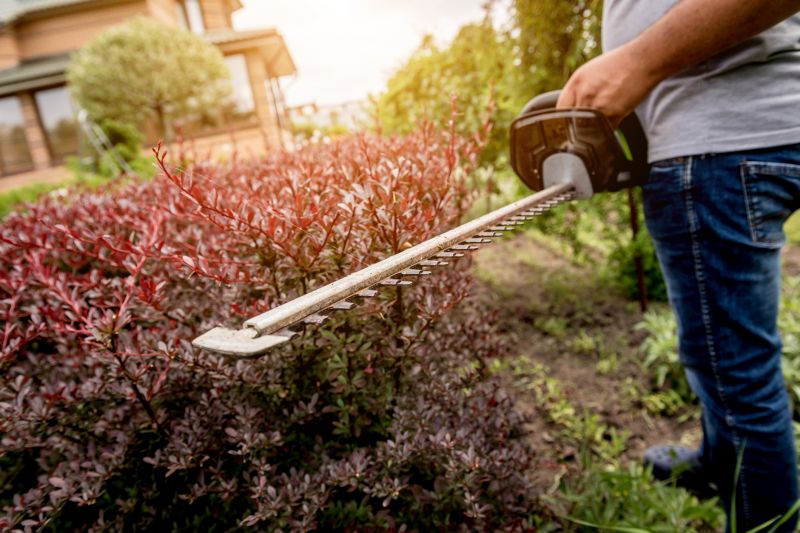
Small tweaks to make Shrub Trimmings safer and easier to use.
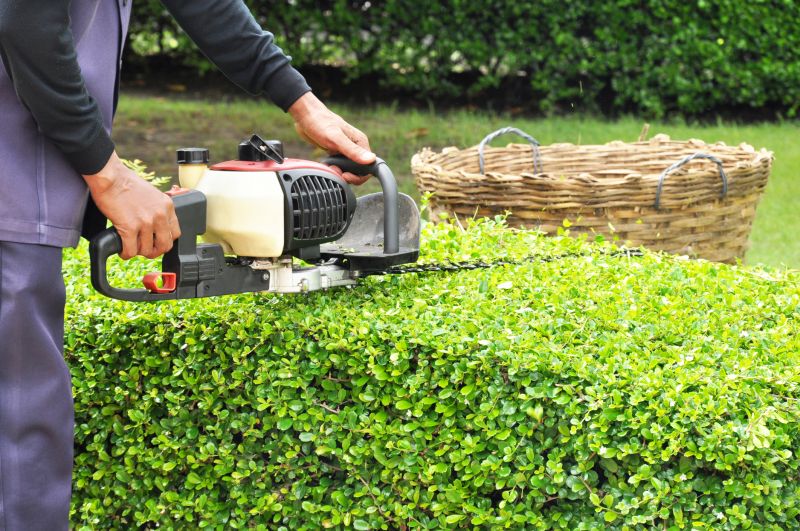
Lower-waste or water-saving choices for Shrub Trimmings.
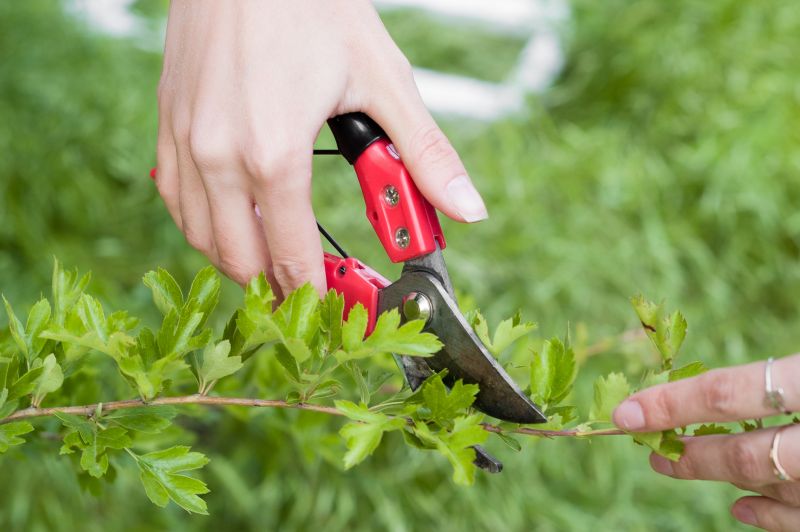
The short, realistic tool list for quality Shrub Trimmings.
Use sharp, clean tools to ensure clean cuts and reduce plant stress.
Make cuts at a 45-degree angle just above a bud or branch junction.
Interested in scheduling shrub trimmings? Filling out the contact form can connect to professionals experienced in shrub maintenance, ensuring proper timing and techniques for healthy, attractive plants.
